Introduction
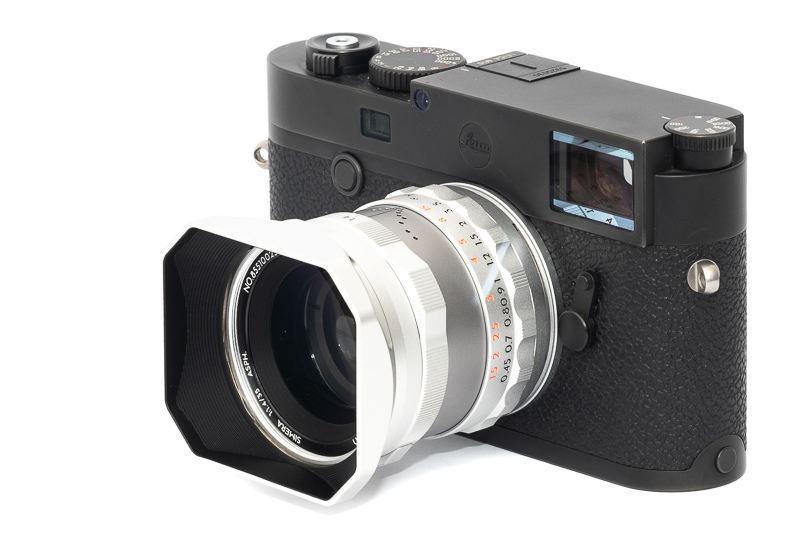
Thypoch is a new manufacturer of photography lenses and entered the market at the end of 2023 with two M-mount lenses, the Simera 28mm 1.4 and 35mm 1.4. This is a review of the 35mm 1.4, so let’s have a closer look at what it is capable of.
Sample Images

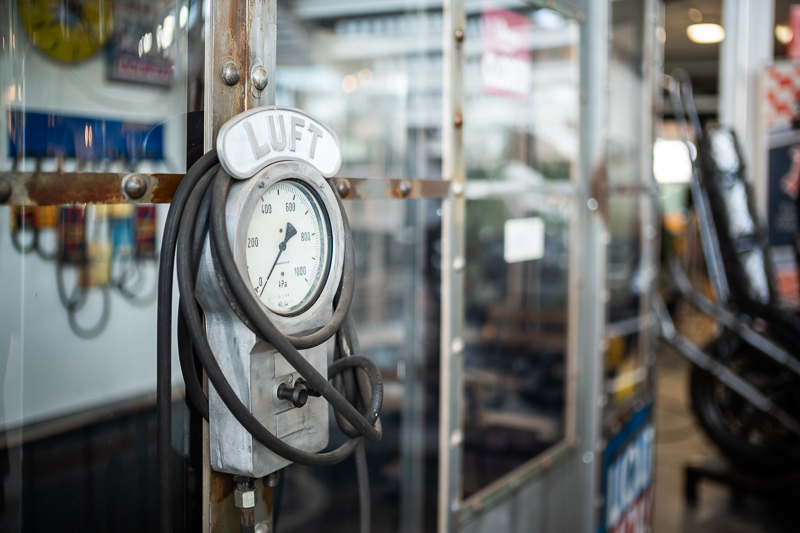
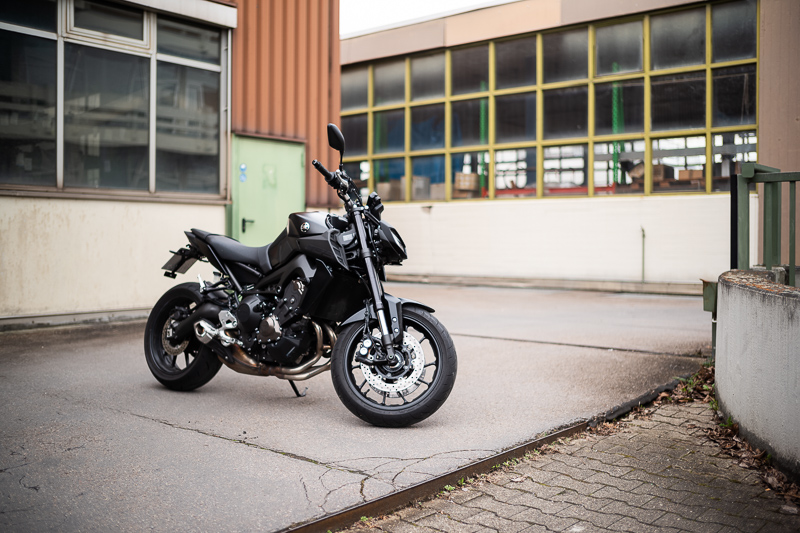
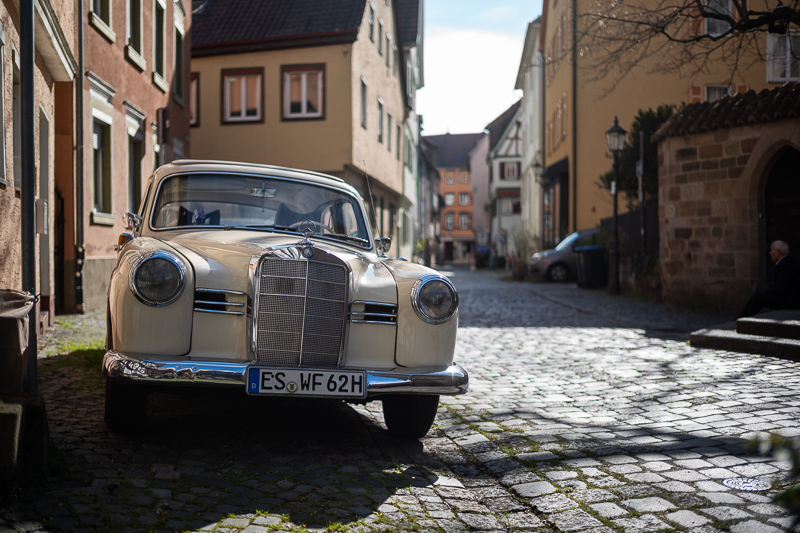
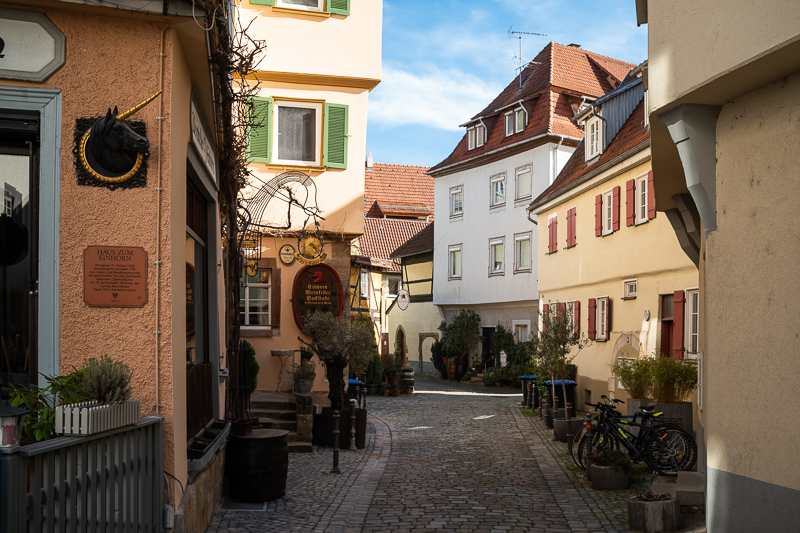
You can find most of the sample pictures in this article in full resolution here.
Contents
Specifications
-
- Diameter: 58 mm
- Field of view: 64° (diagonally)
- Length: 50 mm
- Weight: 280g (without hood and caps)
- Filter Diameter: 49 mm
- Number of Aperture Blades: 14 (rounded)
- Elements/Groups: 9/5
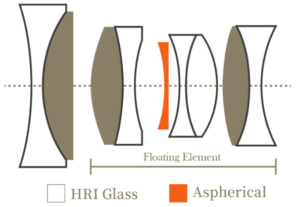
- Close Focusing Distance: 0.45 m
- Maximum Magnification: 1:10.4 (measured)
- Mount: Leica M
buy from manufacturer’s shop (use code PRNET for free shipping) | ebay.com | B&H (affiliate links) for $699
Disclosure
Thypoch lend me a sample of this lens for reviewing purposes. Thanks a lot!
Handling/Build Quality
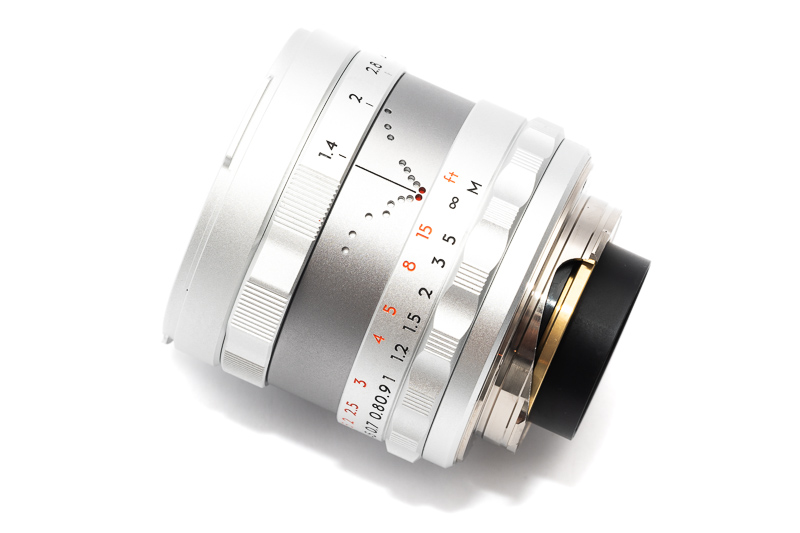
Let me first say, I see some interesting new things here, but also some beginner’s mistakes, that could have been easily avoided.
This Simera 35mm 1.4 features a depth of field scale design Alpa introduced in 1951 under the name “Visifocus”: instead of simple bars or lines we see these red dots that “light up” when changing the aperture setting. At first sight this does look pretty cool, but then I can not remember the last time I actually used a depth of field scale, because it simply isn’t accurate enough on high resolution digital cameras.
What is more important, this design takes up a lot of space and has ultimately led to a very narrow focus ring. This focus ring is therefore also situated very close to the camera and not that easy to get a hold on. Quite often I reached for the wider aperture ring instead, as this is where you would expect the focus ring to be.
What I like about the focus ring is that it has a distinct click stop at the 0.7 m setting, so you will notice leaving the rangefinder-coupled range.
The rotation angle between 0.7 m and the minimum focus distance is really short though, which makes the lens very hard to focus at closer distances.
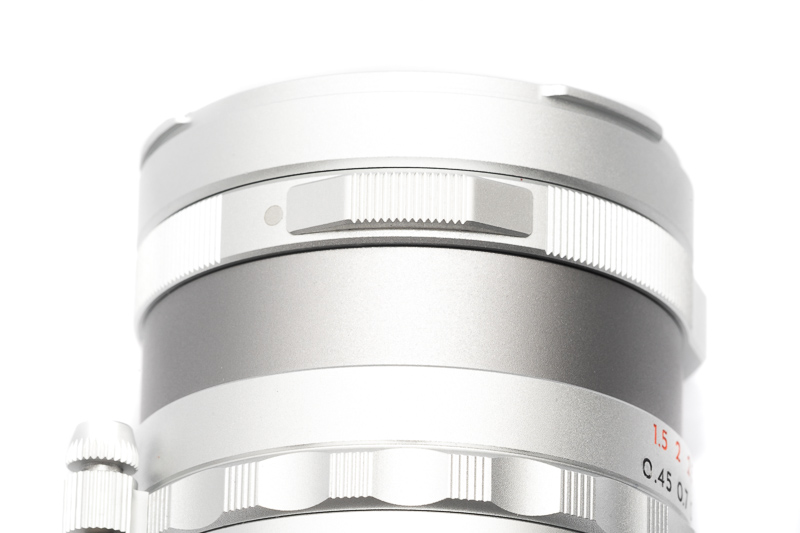
The aperture ring features a small de-click lever at the bottom. Its resistance is high, so I don’t think there is a high likelihood to accidentally change its setting. The stops are not spaced equidistantly and the click stops are also a bit random – 1/3rd of a stop clicks between f/1.4 and f/4.0, half stops between f/4.0 and f/8.0, full stops between f/8.0 and f/16 – which makes figuring out how far you stopped the lens down going by the clicks and without looking at it also rather difficult.
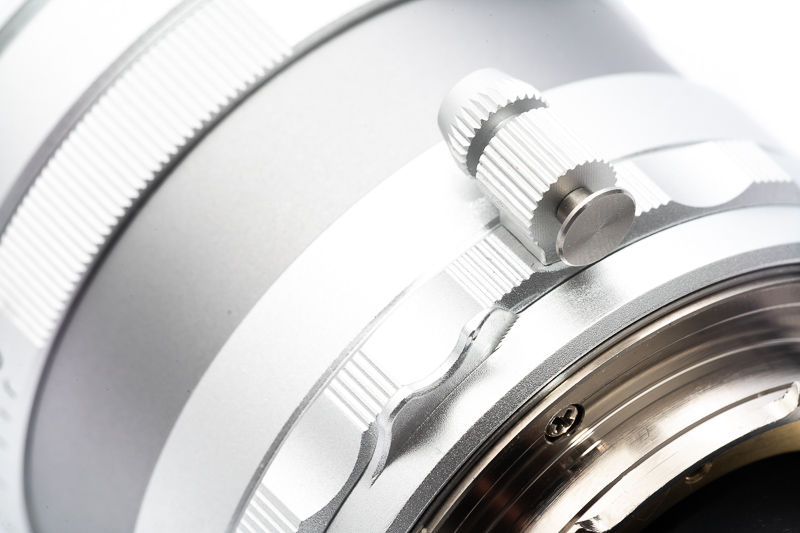
Unfortunately this lens also features an infinity lock similar to those found on old Leica lenses as well as e.g. the TTArtisan 28mm 5.6 or the Canon 50mm 1.4 LTM.
I have absolutely no idea who is a fan of those and who thought it was a good idea to include them in a modern lens. Personally I always find them to get in the way of my shooting and I find it very annoying to have to push that hard-to-reach-button first, to focus at closer distances, when the lens was set to infinity before.
All the markings are engraved and filled with paint. Some of the writings do look a bit cramped together though, less would have probably been more here.

The inside of the hood is painted matte black and unlike the 28mm 1.4, this 35mm 1.4 does not feature a shiny chrome front ring, the front is painted in the same way as the rest of the lens.

This Simera 35mm 1.4 is very similar in size to the Voigtländer VM 35mm 1.2 Nokton III. The Voigtländer is half a stop faster, but the Simera features a more complex floating elements design.
Vignetting
Light falloff
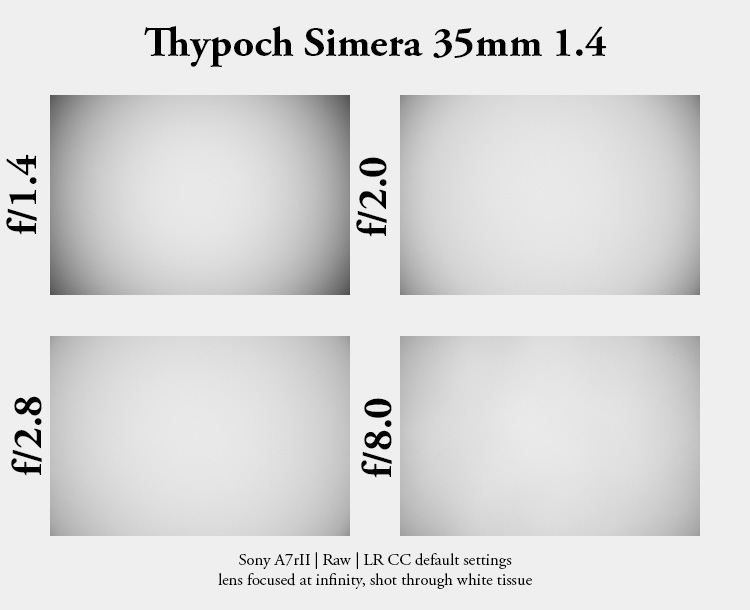
| 35mm | |
|---|---|
| f/1.4 | 3.0 |
| f/2.0 | 2.3 |
| f/2.8 | 1.9 |
| f/4.0 - f/16 | 1.8 |
The vignetting figures are very typical for fast yet compact M-mount lens and this 35mm’s performance is in line with its competitors.
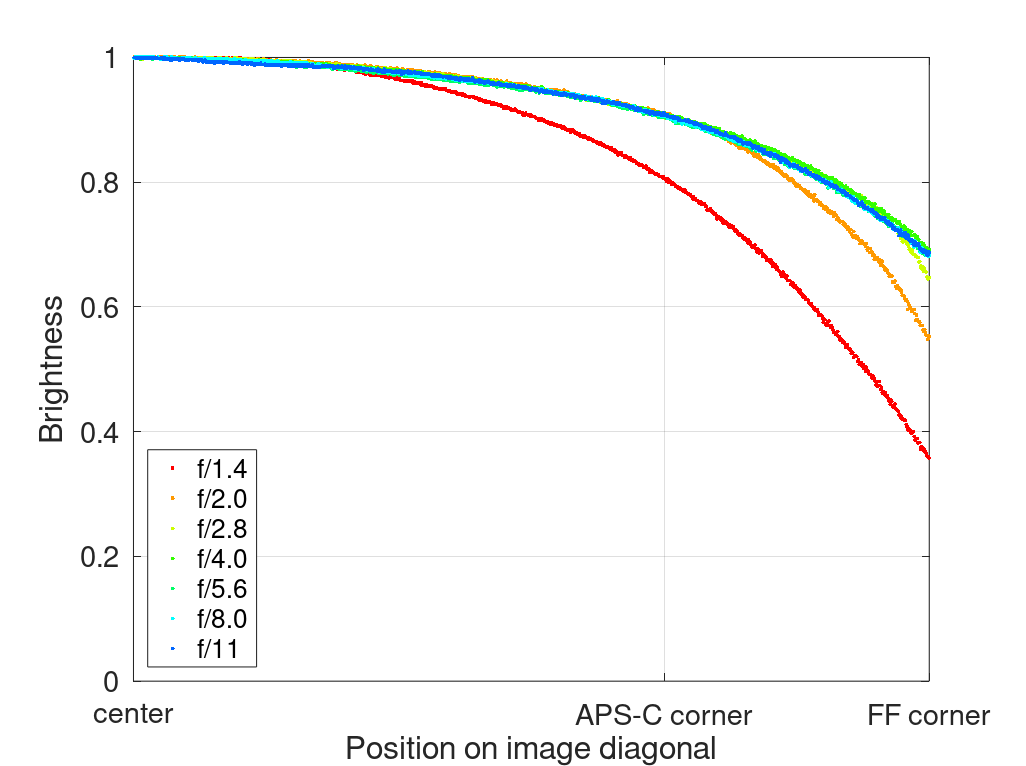
It is recommended to have a look at this article first to get an idea how this brightness graph works.
Optical vignetting
Fast lenses usually show a significant amount of optical vignetting. Without going too much into technical details optical vignetting leads to the truncation of light circles towards the borders of the frame.
In the center of the frame almost every lens will render a perfect circle, but only lenses with very low optical vignetting will keep this shape in the corners.
So in the following comparison we move from the center (left) to the extreme corner (right) and see how the shape of the light circle changes.
Compared to other compact 35mm M-mount lenses the Simera 35mm 1.4 is showing a good performance here. Light circles can take on a bit deformed “turtle shell” shape towards the cornes though. Onion ring structures caused by the aspherical elements are only hardly visible which is good news.
Sharpness
Focus Shift
With some lenses the point of optimal focus shifts on stopping down. This 35mm 1.4 does show a notable amount. When using the rangefinder to focus I would probably try to avoid the f/2.8 setting, if you do that you should be mostly fine.
infinity (24mp Leica M10, 42mp Sony A7rII)
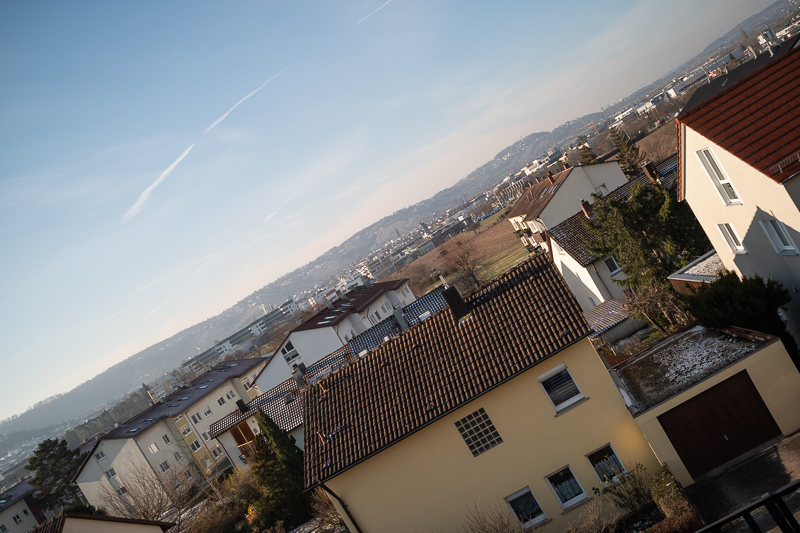
The Simera 35mm 1.4 shows a good performance in the center from f/1.4 on the Leica M10. Moving away from the center we see increased glow, which disappears at f/2.8 in the midframe. The corners also look decent from f/2.8, peak performance is reached at f/8.0.
This lens performs as bad on the Sony A7rII with its thick filter stack as we would expect. The midframe needs f/5.6 to look decent, the corners look only okay at f/11.
portrait distance 1.0 m (24mp Leica M10, 24mp Sony A7III)

I refocused for every shot and aperture to get the best possible result at different locations in the frame (center, inner midframe and outer midframe).
The circle of the dollar bill is more or less the size of a human eye.
We will be looking at 100% crops from the 24mp Sony A7III and the Leica M10. Both cameras do not have an anti aliasing filter in front of the sensor. Focus distances was 1.0 m for the 35mm lens.
Leica M10 <—> Sony A7III
First thing we notice is, this Simera 35mm 1.4 is clearly optimized for the thin filter stack of Leica cameras, as it should be the case. In the outer midframe the performance looks noticeably better on the Leica camera.
Performance in the outer midframe isn’t great at f/1.4, but it still shows a decent performance, similar to the Voigtländer VM 35mm 1.2 Nokton III at shared apertures, maybe a bit better even.
close (42mp Sony A7rII)
This Thypoch Simera 35mm 1.4 features a floating elements design, so despite its comparably short minimum focus distances we should expect good performance at wider apertures here.
Fact is, it is still a bit soft at its maximum aperture and stopping down 1-2 stops increases contrast and resolution noticeably.
Flare resistance
If you are a regular reader you already know: evaluating the flare resistance of lenses is not an easy endeavour as a slight change in scenario can have a huge impact on the performance.
The Thypoch Simera 35mm 1.4 shows a decent performance, but as you can see it is still possible to encounter various artefacts.
In the field I did not encounter any severe issues here.
Coma
The 35mm 1.4 shows obvious Coma at wider apertures and to mostly get rid of it stopping down to f/5.6 is a good idea.
Interestingly, despite being half a stop faster, the Voigtländer VM 35mm 1.2 Nokton III shows smaller artefacts at shared apertures, it also needs to be stopped down to f/5.6 for a good performance though.
Distortion

This 35mm 1.4 only shows a very low amount of distortion. I did not feel the need to correct it in any of the sample pictures.
Bokeh

The performance in this category would be important to me, so we will have a closer look here.

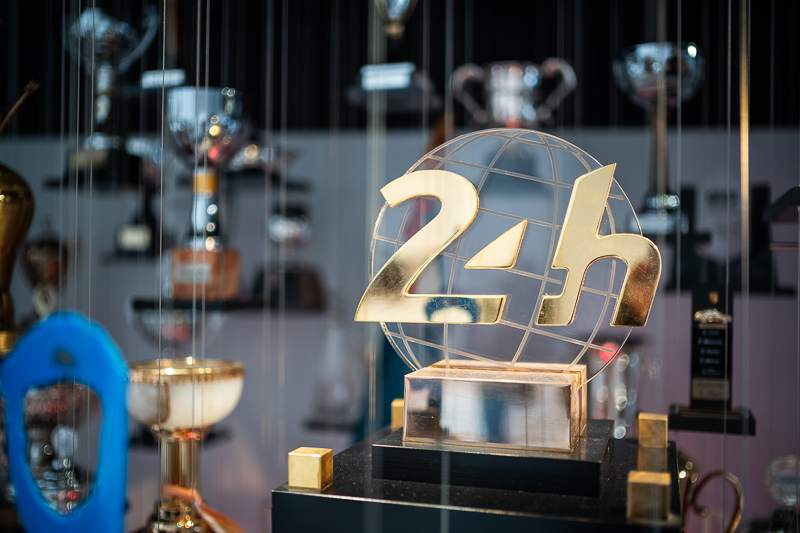
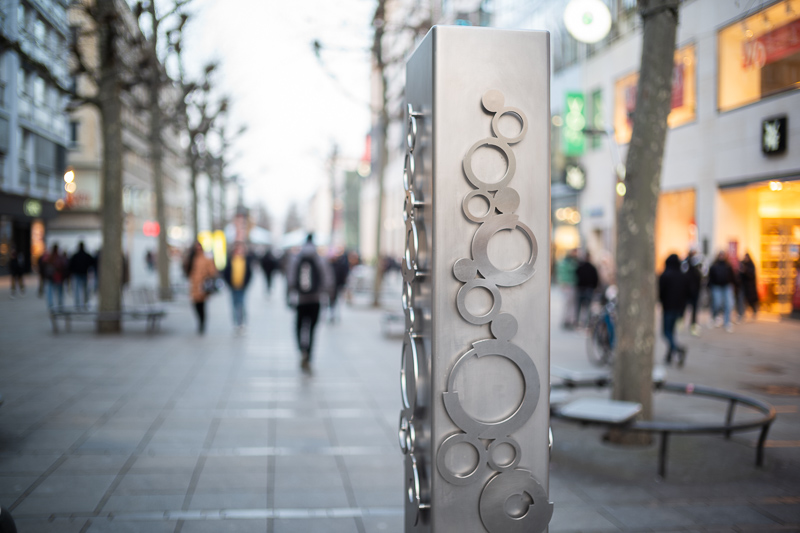
This Thypoch 35mm 1.4 draws a modern, smooth bokeh and there isn’t a lot to complain about here.
What I find likable: because of generally well behaved optical vignetting as well as field curvature the bokeh at longer focus distances is actually pretty nice.
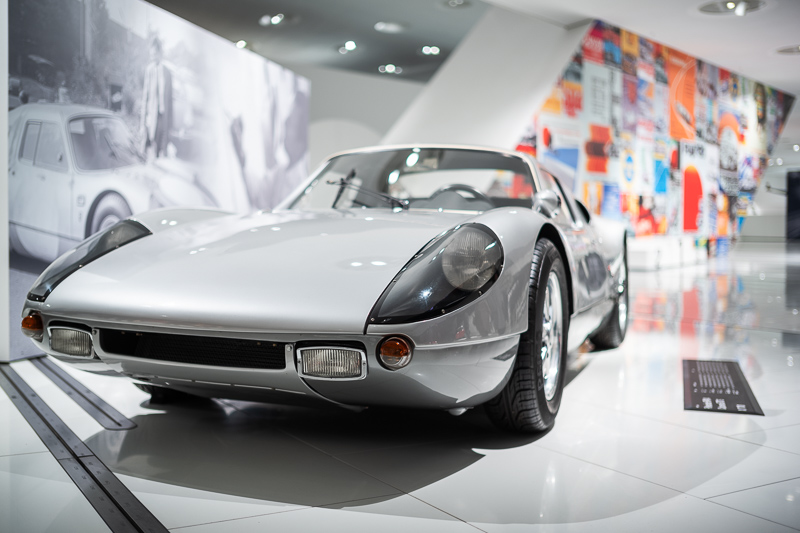
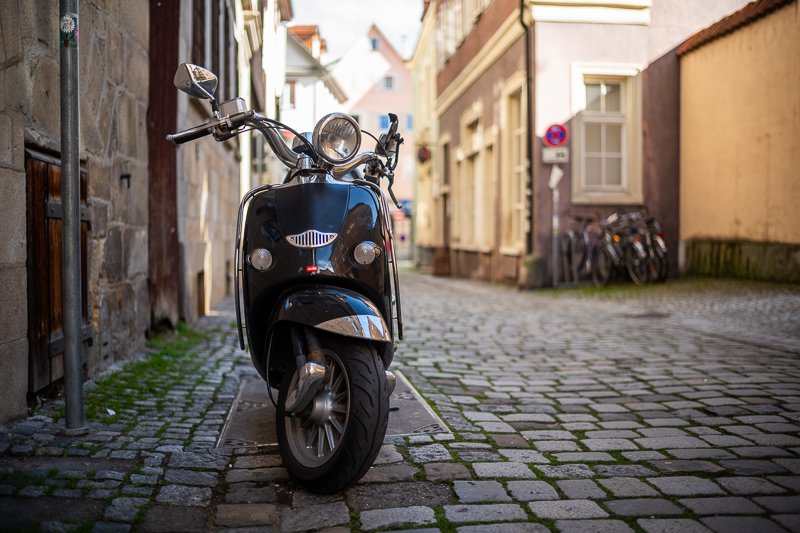
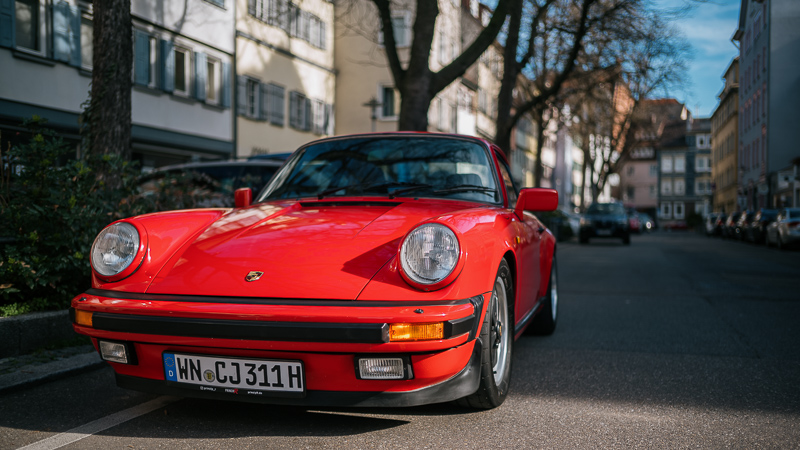
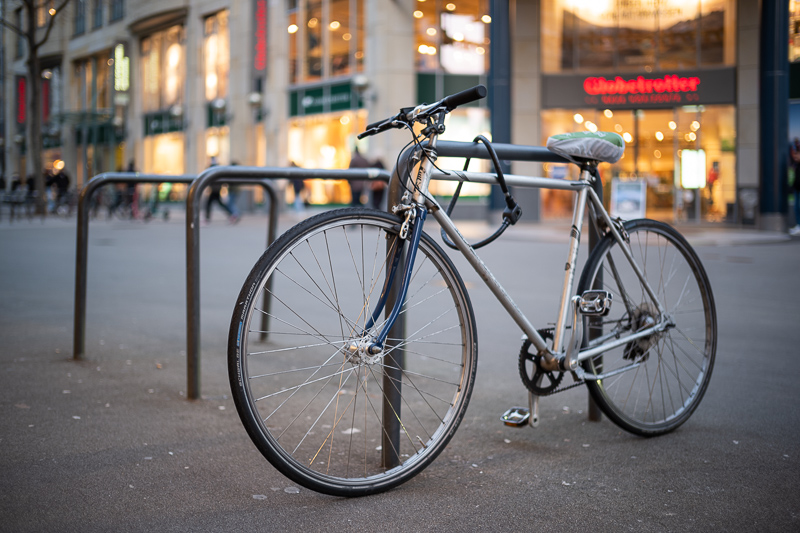
Unlike the Voigtländer and Leica lenses this Simera 35mm 1.4 also makes use of 14 rounded aperture blades, so highlights stay perfectly round on stopping down.
I could point out some minor things, but at the end of the day I think this lens is doing a good job in this category. Actually the only 35mm M-mount lens that I think is doing better, is the Voigtländer VM 35mm 1.2 Nokton III. That lens has the benefit of being half a stop faster though, so that might not be a completely fair comparison.
Sunstars
Due to the high number of rounded aperture blades I did not expect to see distinct sunstars, but the production tolerances for the diaphragms seem to be pretty tight, as we see nice sunstars with an even length of the rays with from f/5.6 to f/16.
If you want to know more about sunstars have a look at this article.
Chromatic aberration
lateral
This lens show only minimal lateral CA so I have nothing to show you here this time.
longitudinal
The amount of bokeh fringing, meaning green outlining in the background and magenta outlining in the foreground, is average for a 35mm 1.4 lens. This means there are some visible at f/1.4 and stopping down to f/2.0 is not sufficient to completely get rid of it.
Without having done a side-by-side comparison it looks to me like this Simera 35mm 1.4 does in fact do a bit better than the fast Voigtländer and 35mm lenses.
Conclusion
good
|
average
|
not good
|
When it comes to 35mm 1.4 M-mount lenses there is a lot of competition going on. What does this Simera lens bring to the table, that should make you choose it over those competitors?
There are two things I find notable, first is, that this lens doesn’t have any outstanding optical flaws that are typical for the fast compact 35mm lenses. Field curvature is well balanced, it has a comparably short minimum focus distance and a floating elements design, correction of CA and flare resistance ain’t bad either.
The only other 35mm 1.4 lenses with floating elements for M-mount are the Zeiss ZM 35mm 1.4 and the Leica 35mm 1.4 FLE, both of which I have already used. Despite also featuring a floating elements design, these two lenses only focus down to 0.7 m though.
Most M-mount users think the Zeiss ZM is too big and heavy for M-mount cameras and I have to agree here. It does have amazingly high contrast from f/1.4, shows more impressive across frame sharpness at wider apertures and has great flare resistance.
I don’t have a lot of nice things to say about the Leica 35mm 1.4 FLE, as I think its optical qualities (bokeh, vignetting, flare resistance, CA and focus shift) don’t even remotely warrant its price tag.
In my opinion more interesting alternatives are the Voigtländer VM 35mm 1.2 Nokton III, Voigtländer VM 35mm 1.5 Nokton (haven’t used that one yet) and the Voigtländer VM 35mm 1.7 Ultron. Despite not featuring a floating elements design these lenses do not necessarily perform worse in terms of resolution and contrast and they have really good flare resistance. They usually have stronger optical vignetting and always straight aperture blades though, which is why I think some people may prefer the Simera lens for portraiture/street. At wider apertures the f/1.2 and f/1.5 Voigtländer also show more bokeh and purple fringing.
Sadly I have less positive things to say about the handling experience. The lens is hard to focus at short distances due to the very short throw of the focus ring in this distance range. Because of this focus ring being too narrow and very close to the camera, it is generally unpleasant to use. The infinity lock is also super annoying and constantly got in the way (a Dremel may help here though…).
I am sure not everyone cares as much as I do about these handling annoyances, if you don’t, this can be a very interesting 35mm 1.4 option in the M-mount world which is surely worth a closer look.
buy from manufacturer’s shop (use code PRNET for free shipping) | ebay.com | B&H (affiliate links) for $699
Alternatives
I already reviewed a lot of fast 35mm lenses for M-mount. You can find all their reviews here. There are some popular alternatives to have a closer look at:
Voigtlander VM 35mm 1.2 Nokton III:
Some of the latest Voigtlander lenses hit a real sweet spot when it comes to the combination of maximum aperture, image quality and size/weight and this is a good example and also my personal choice when it comes to fast 35mm lenses for the Leica M-mount.
It is more expensive and also looses in some categories, e.g. performance at closer distances and also off center sharpness at portrait distances. The CA correction is also worse.
I prefer its bokeh rendering though and also its handling (by a lot).
buy from amazon.com | ebay.com | ebay.de | B&H for about $949 (affiliate links)
Voigtlander VM 35mm 1.5 Nokton:
This lens is slightly slower, smaller and lighter than the aforementioned 35mm 1.2, but its performance is very similar.
buy from amazon.com | amazon.de | ebay.com | ebay.de | B&H for about $799 (affiliate links)
Voigtlander VM 35mm 1.7 Ultron:
Still a really well balanced lens and my recommendation if you are looking for a compact yet capable 35mm lens for M-mount. Some people really hate its knurled focus ring though. This lens has already been discontinued and is only available used now.
buy from ebay.com | ebay.de for ~500$ (affiliate links)
Zeiss ZM 35mm 1.4:
This has probably been the last entry of the Zeiss ZM lineup. You get higher contrast and better across frame performance at infinity, but it is too expensive these days and also too big and heavy.
buy from amazon.com | amazon.de | ebay.com | ebay.de | B&H starting at 1600$/1600€ (affiliate links)
Leica 35mm 1.4 FLE:
Regular readers already know I am not a big fan of this lens. I consider it vastly overpriced for its mediocre performance.
buy from amazon.com | ebay.com | ebay.de | B&H starting at 4000$/4000€ (affiliate links).
Sample Images
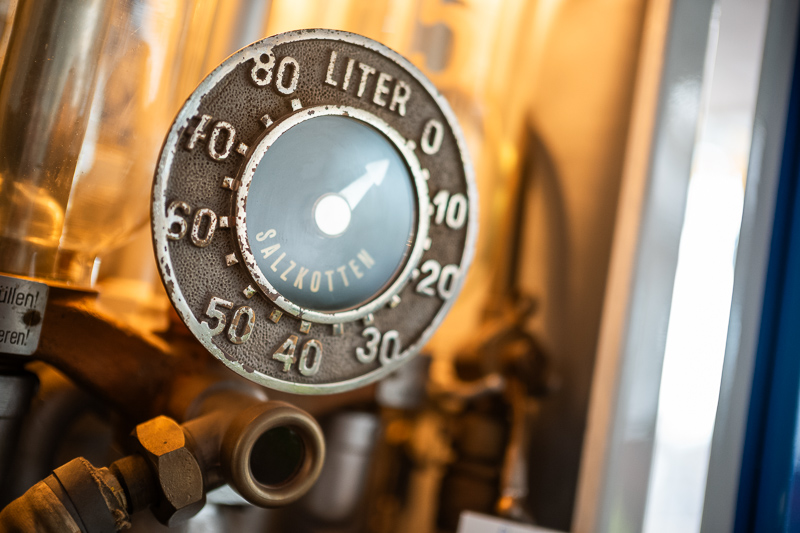
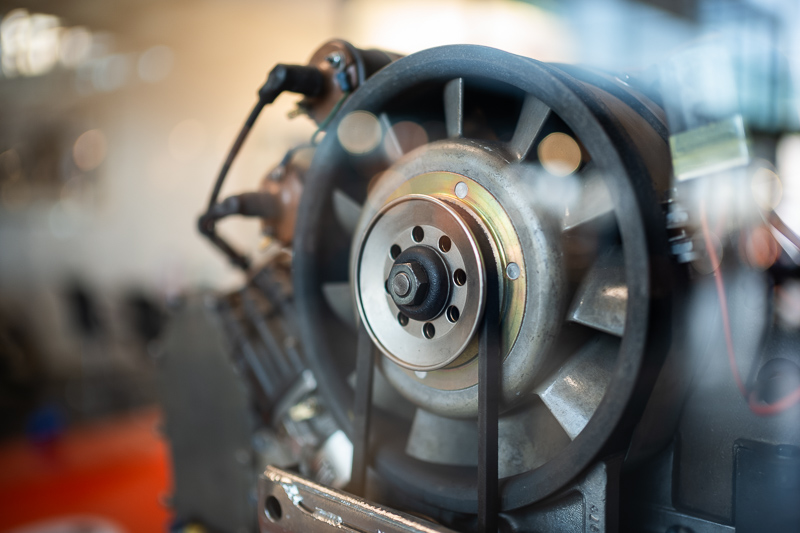
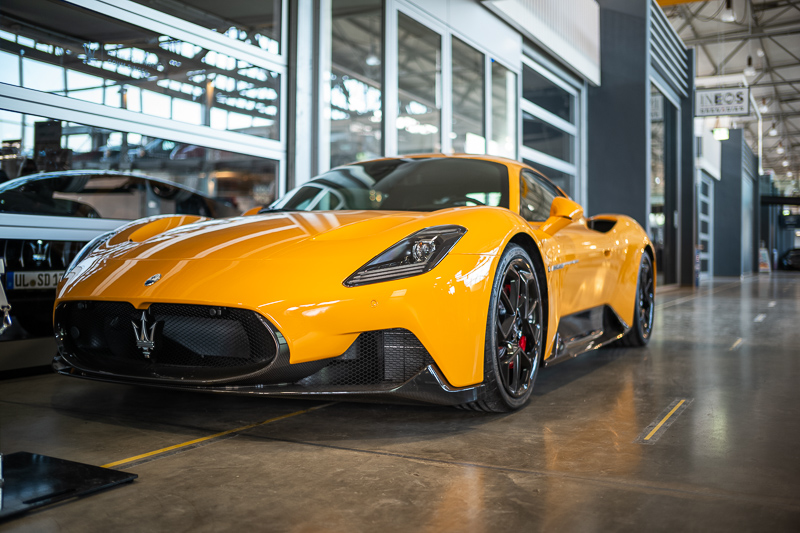
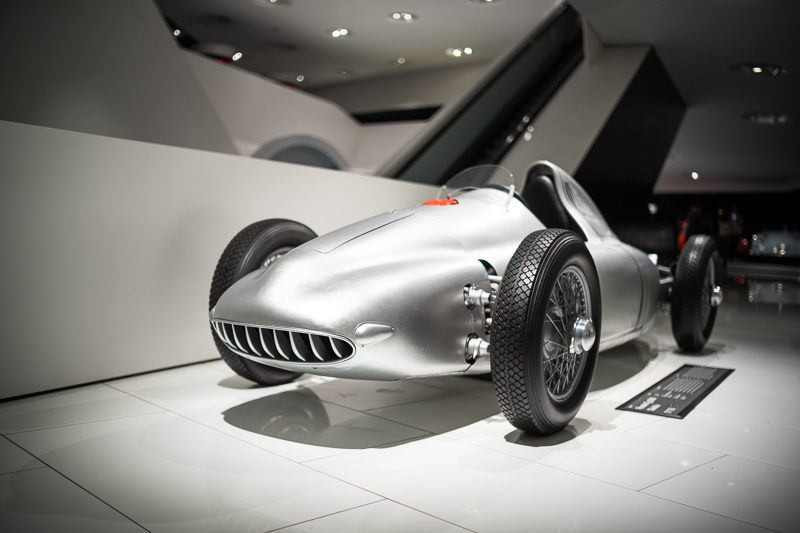
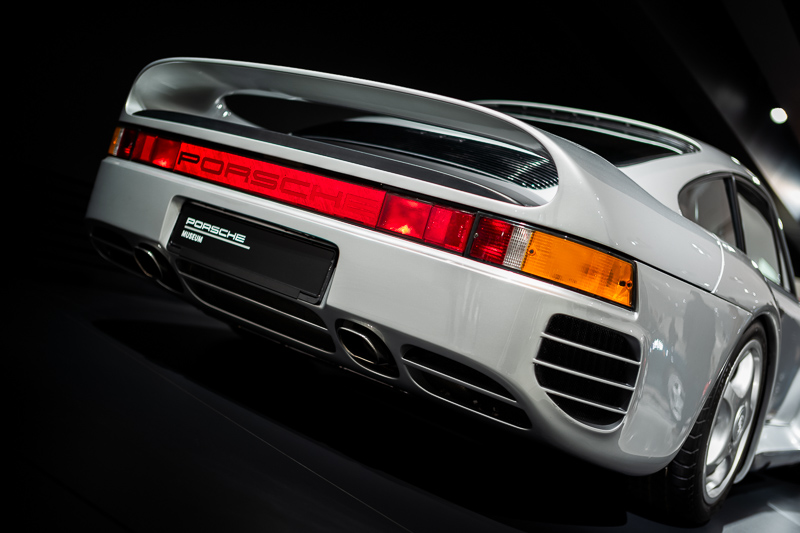
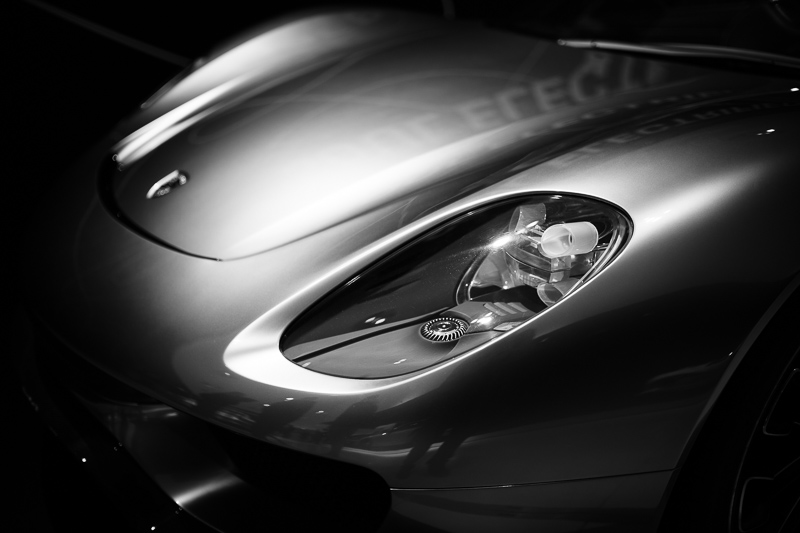
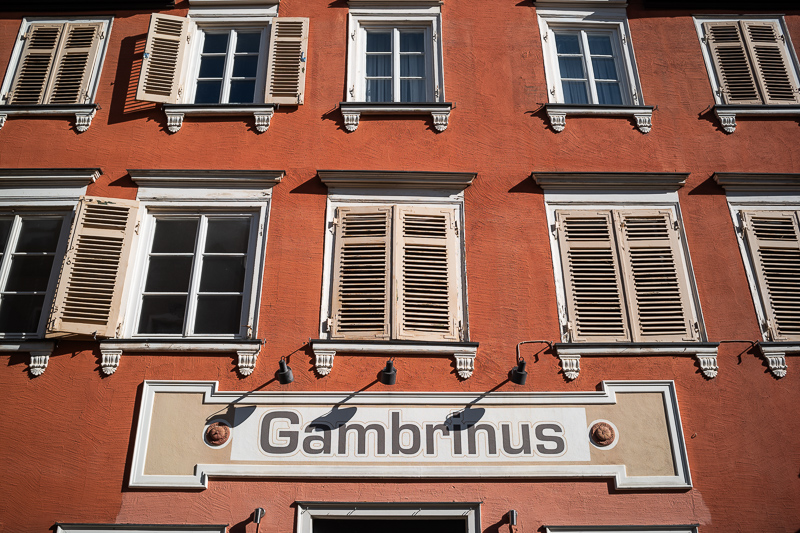
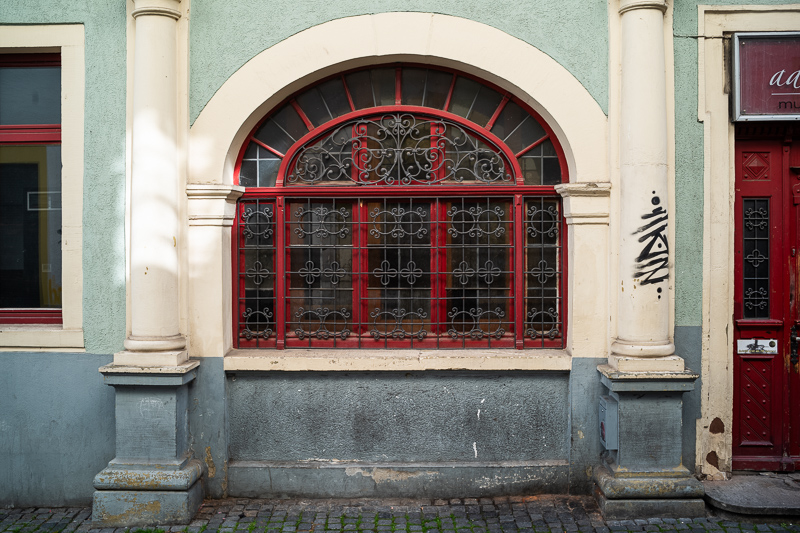
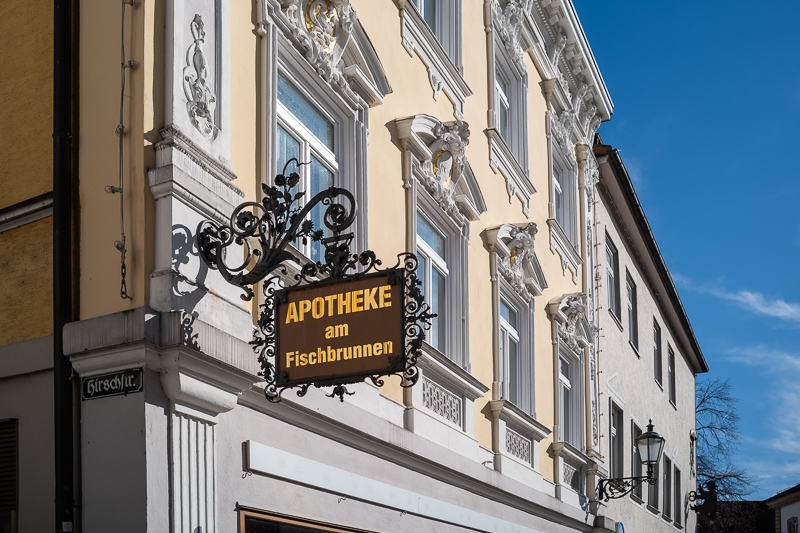
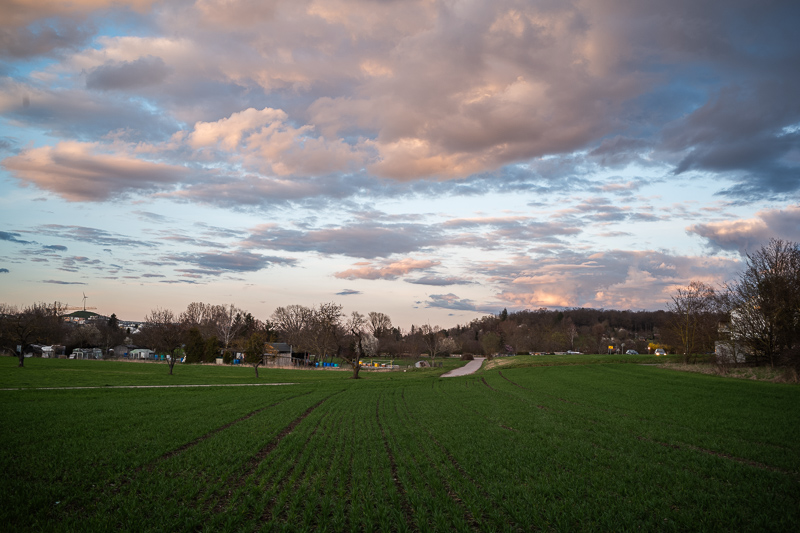
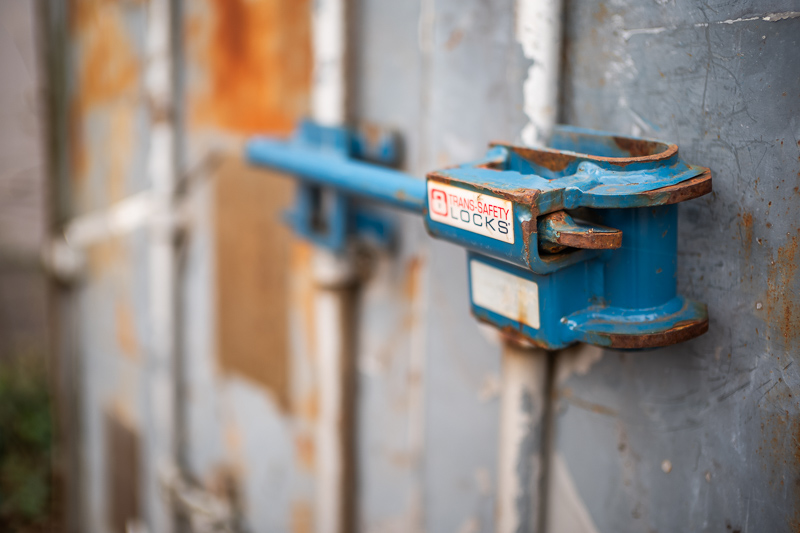
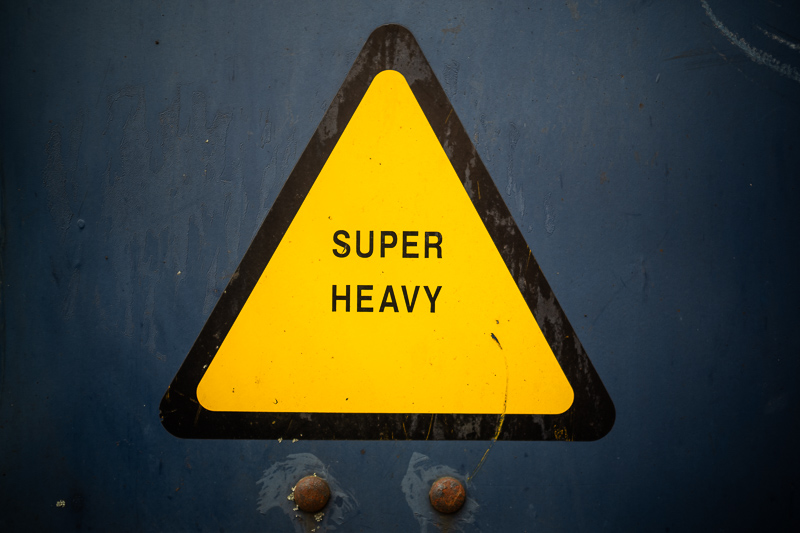
You can find most of the sample pictures in this article in full resolution here.
Further Reading
- All M-mount Lens Reviews
- Lens aberrations explained
- Review: Laowa 28mm 1.2 Argus
- Review: Laowa 35mm 0.95 Argus
- Follow us on Discord
Support Us
Did you find this article useful or just liked reading it? Treat us to a coffee!
![]()
![]()
![]() via Paypal
via Paypal
This site contains affiliate links. If you make a purchase using any of the links marked as affiliate links, I may receive a small commission at no additional cost to you. This helps support the creation of future content.
Latest posts by BastianK (see all)
- Analogue Adventures – Part 46: Fujichrome Provia 400F (expired) - November 19, 2025
- Review: Irix 45mm 1.4 Dragonfly - November 15, 2025
- Review: Nikon 50mm 1.8 Series E - November 12, 2025
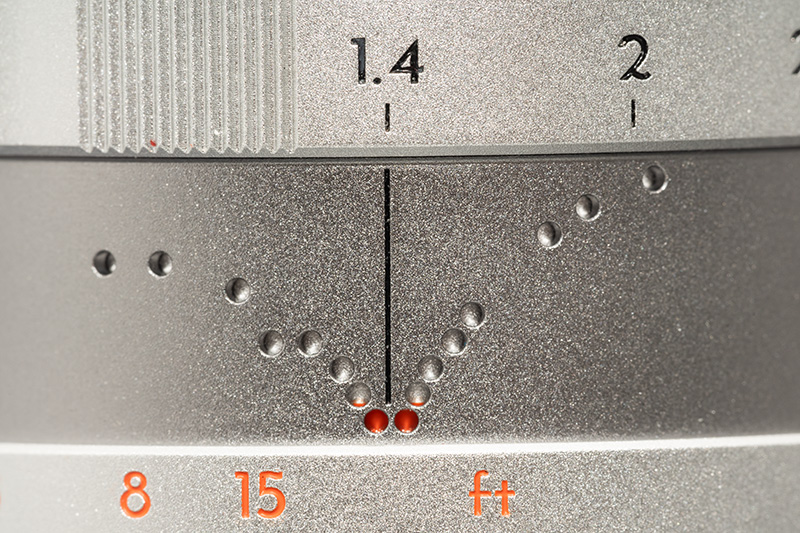


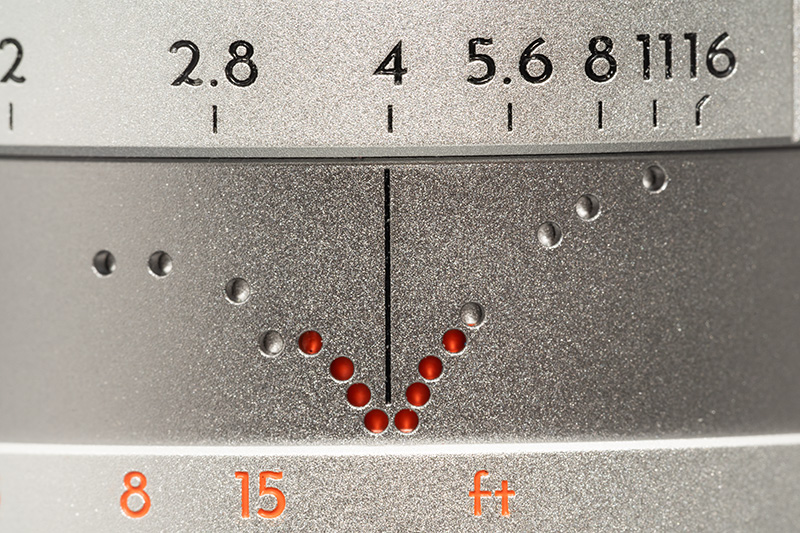

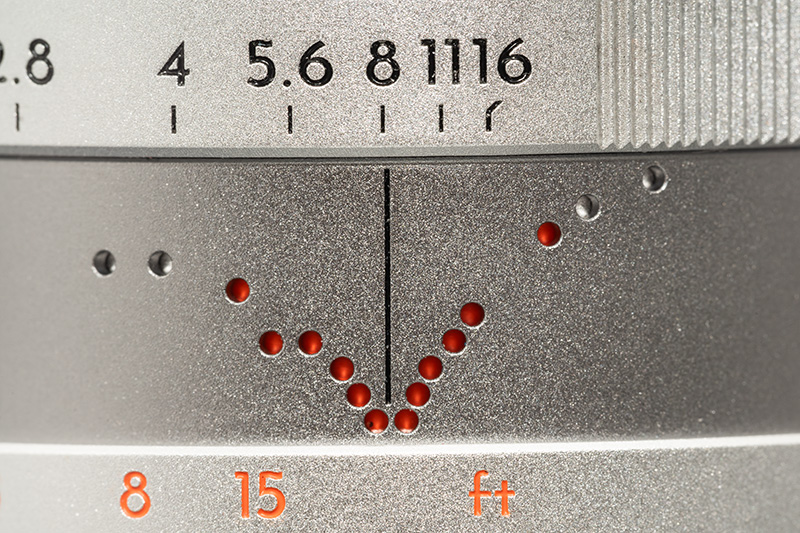

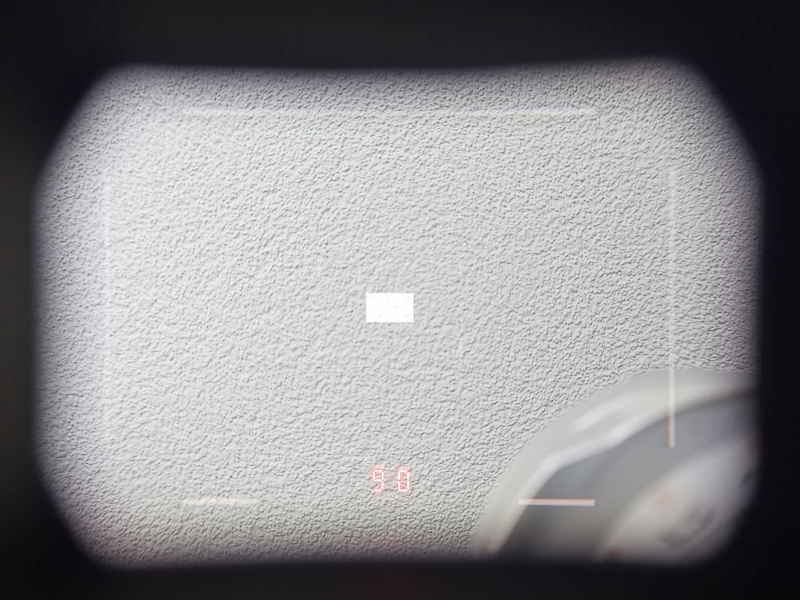
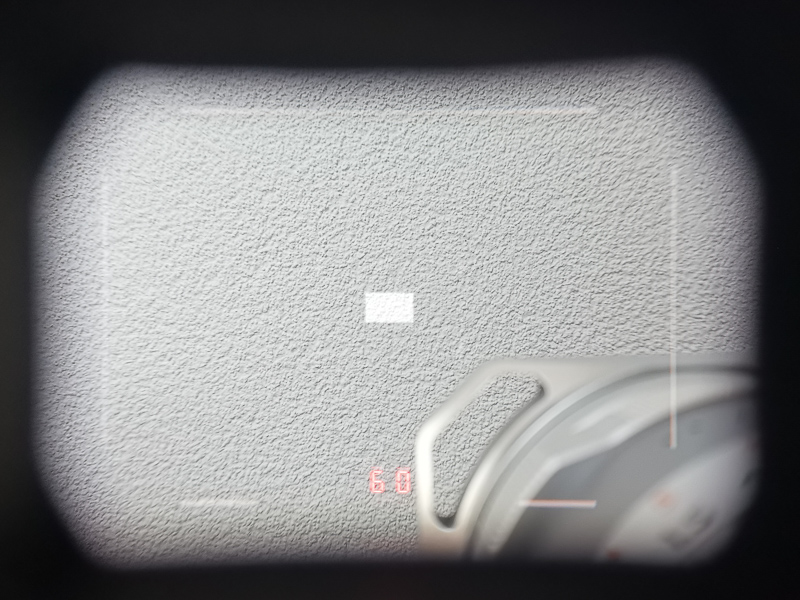
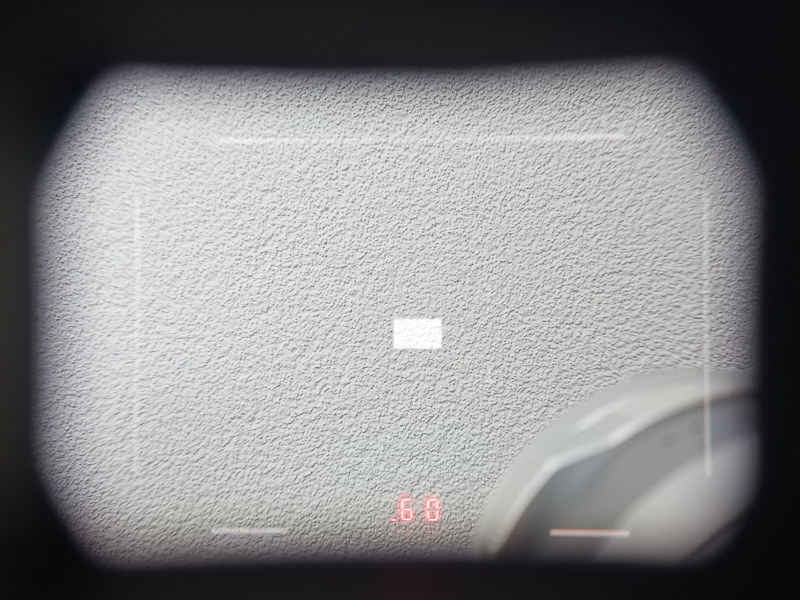
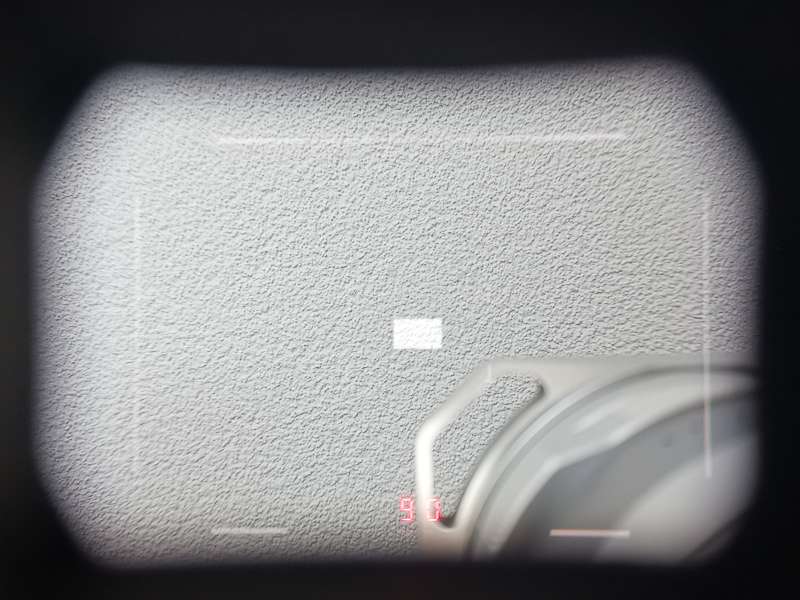



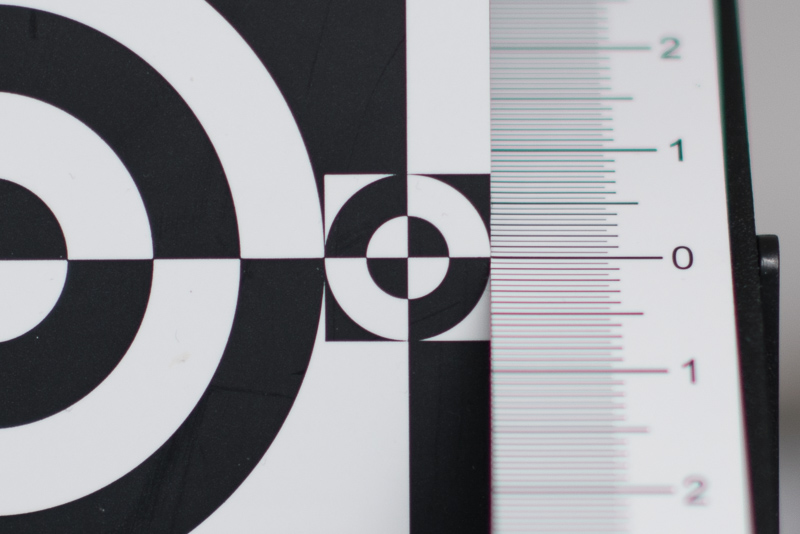
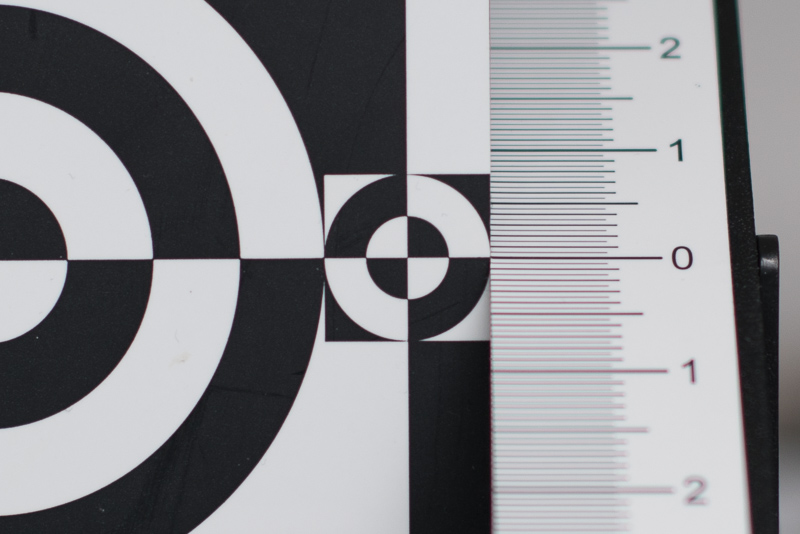
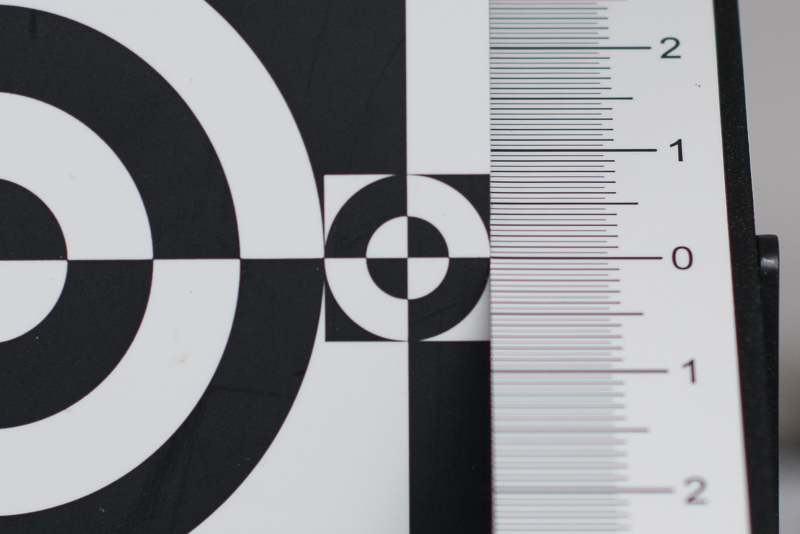
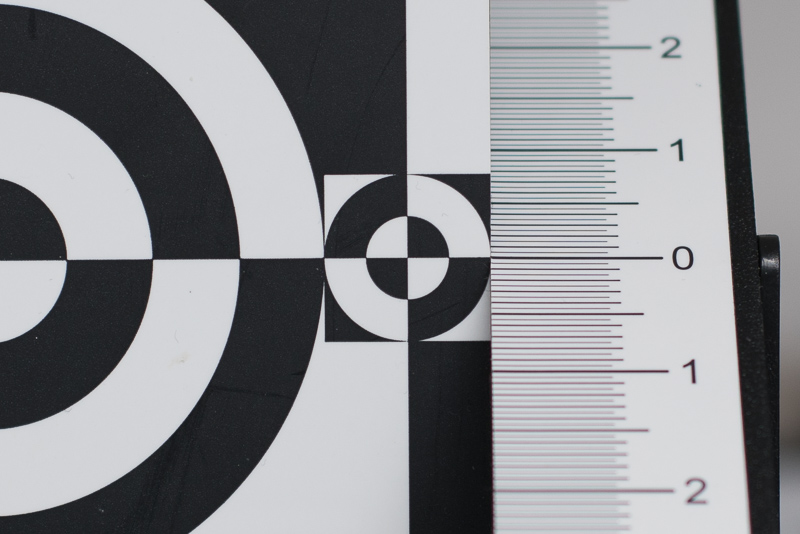
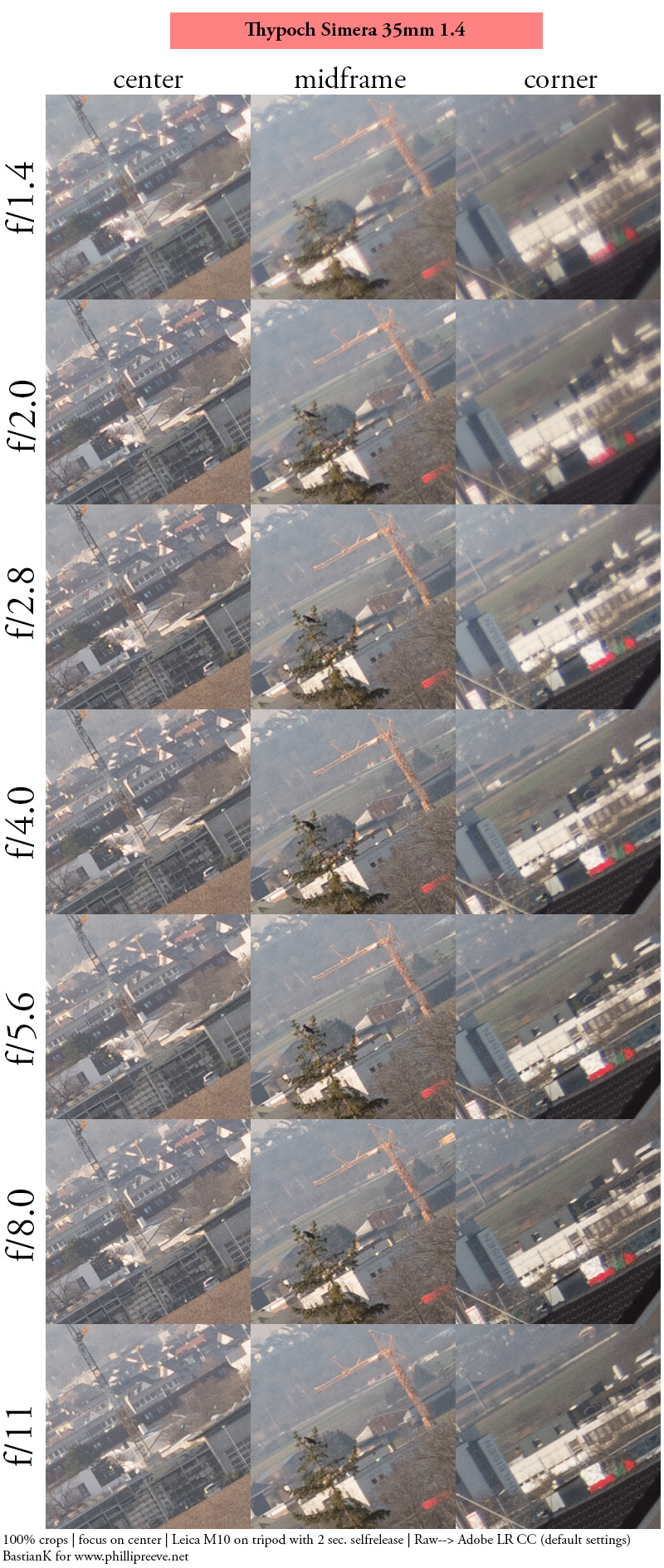
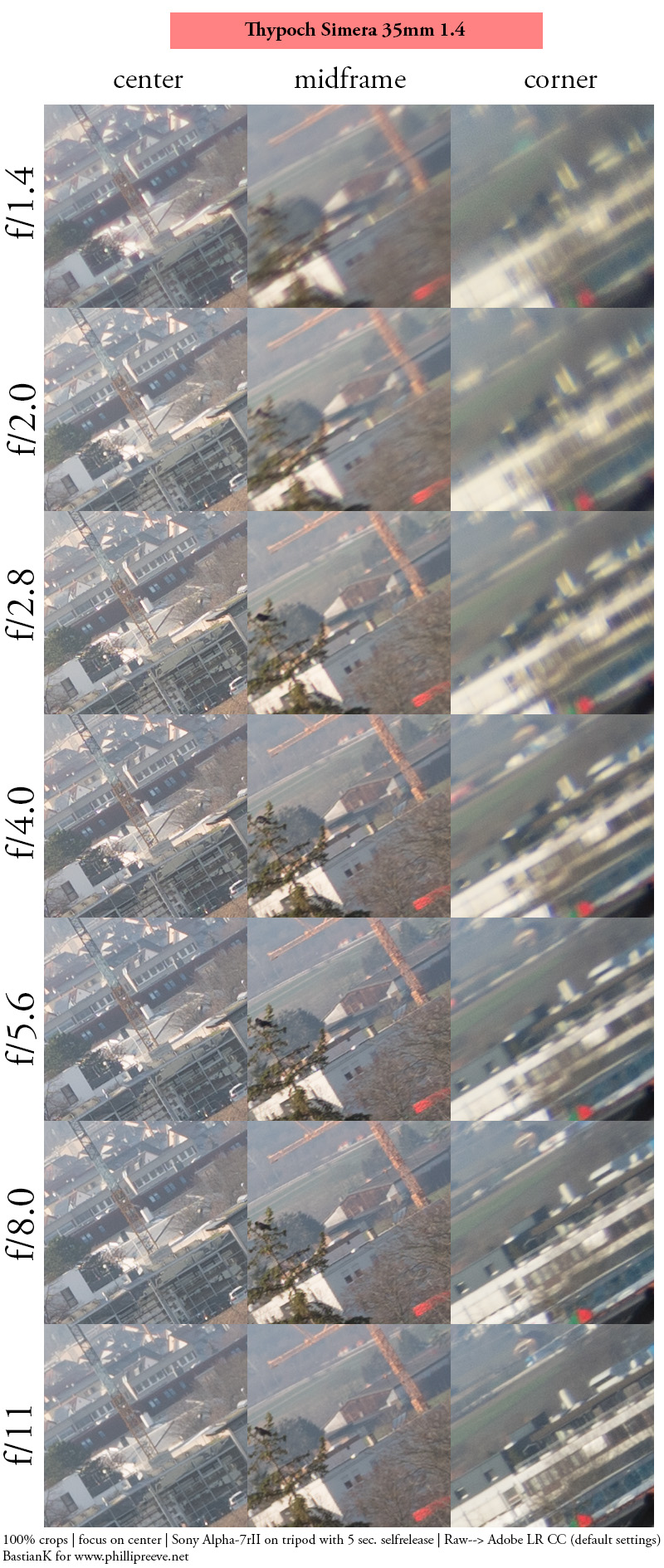
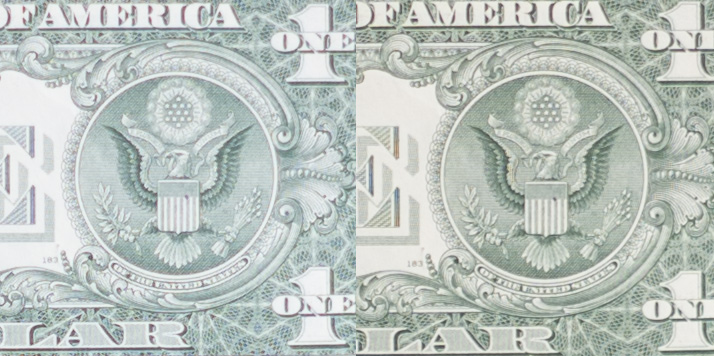







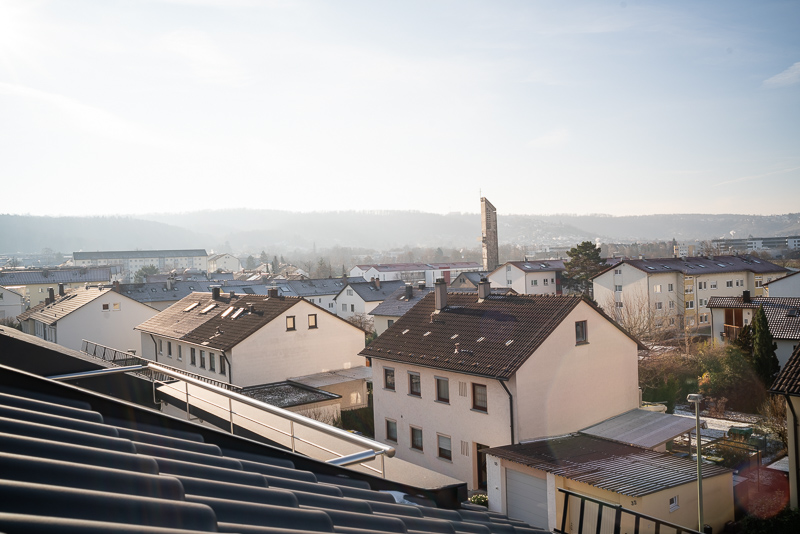
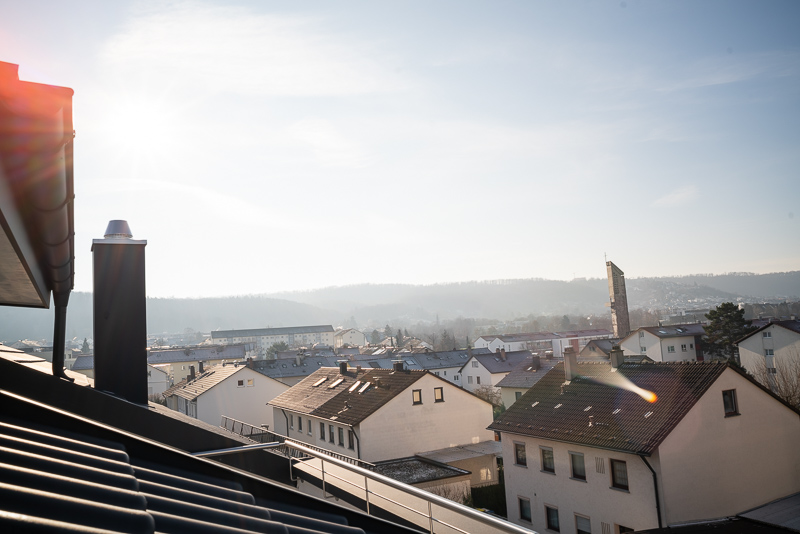
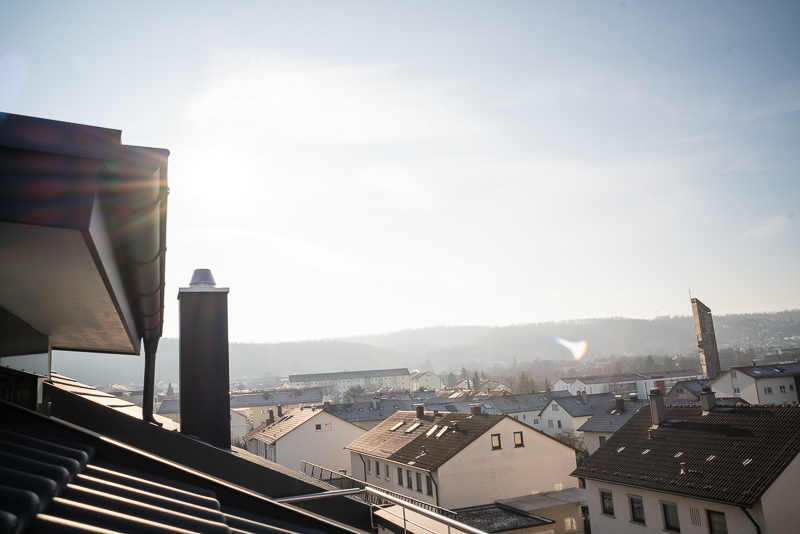
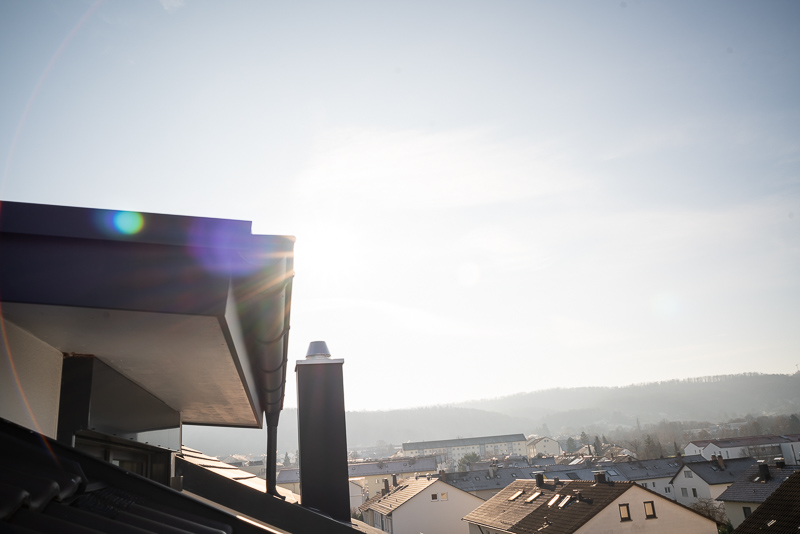
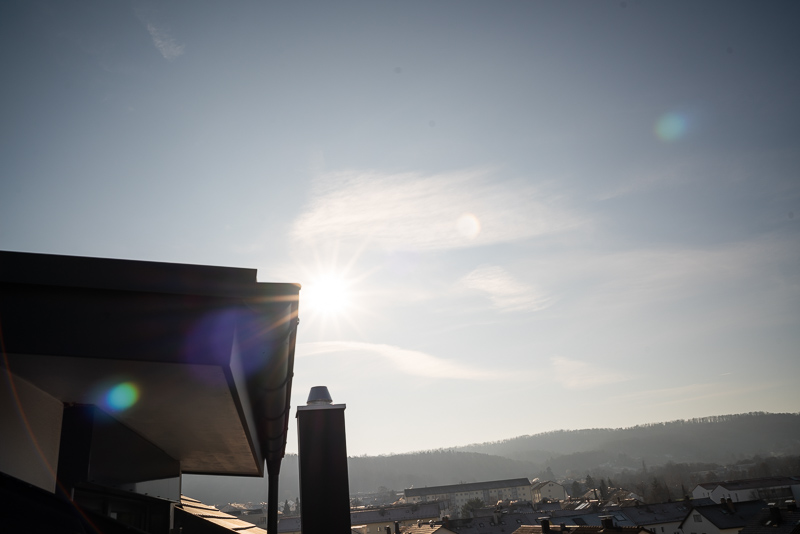
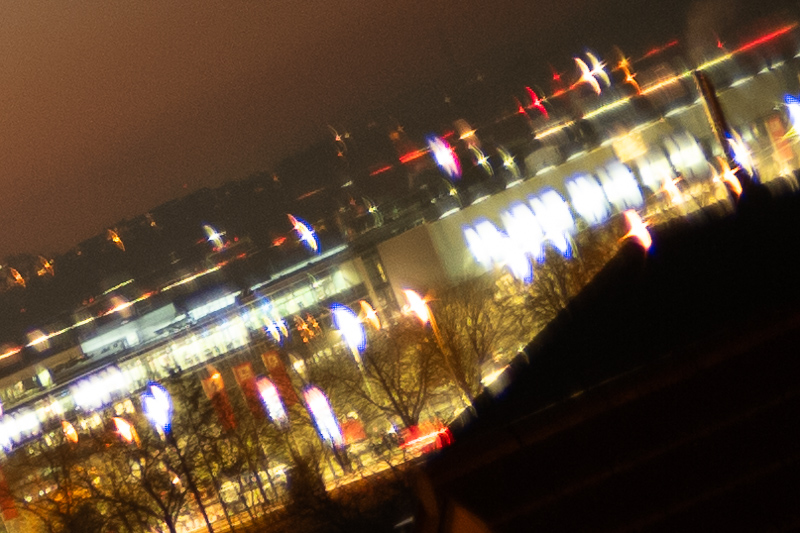
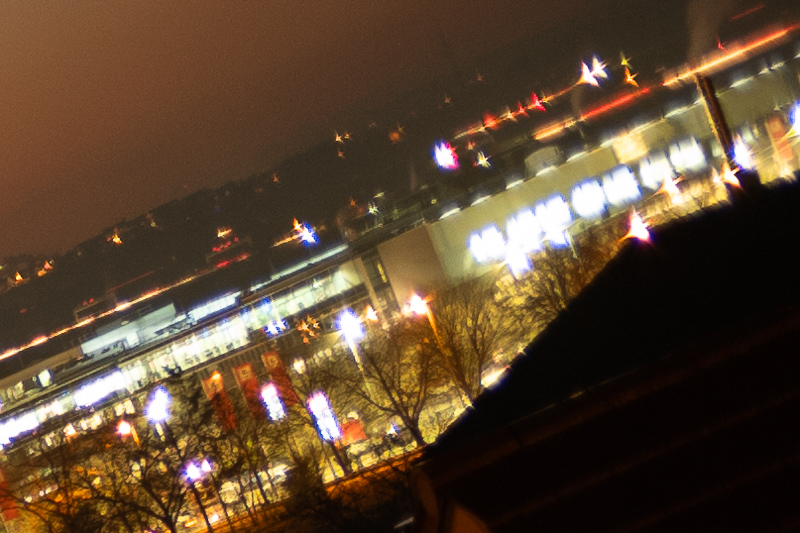
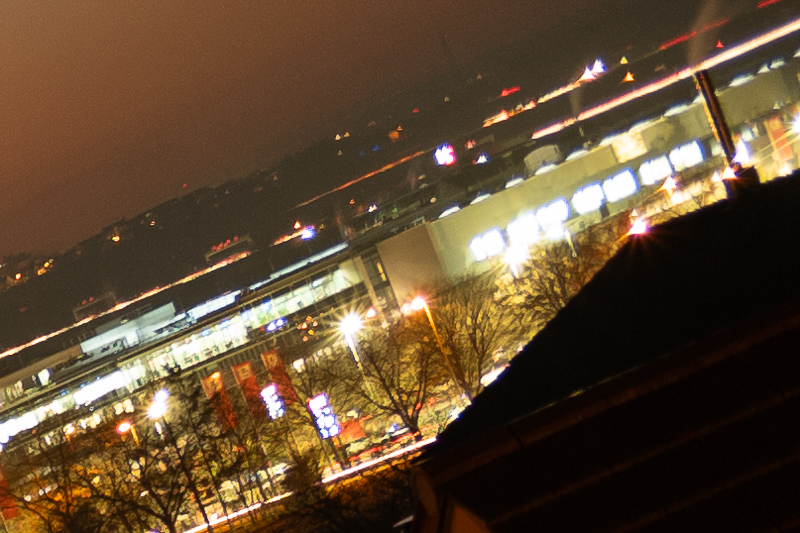
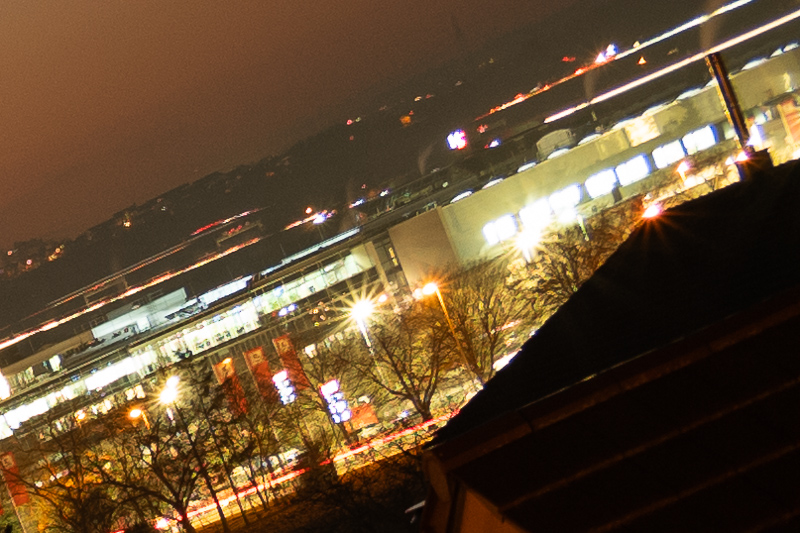
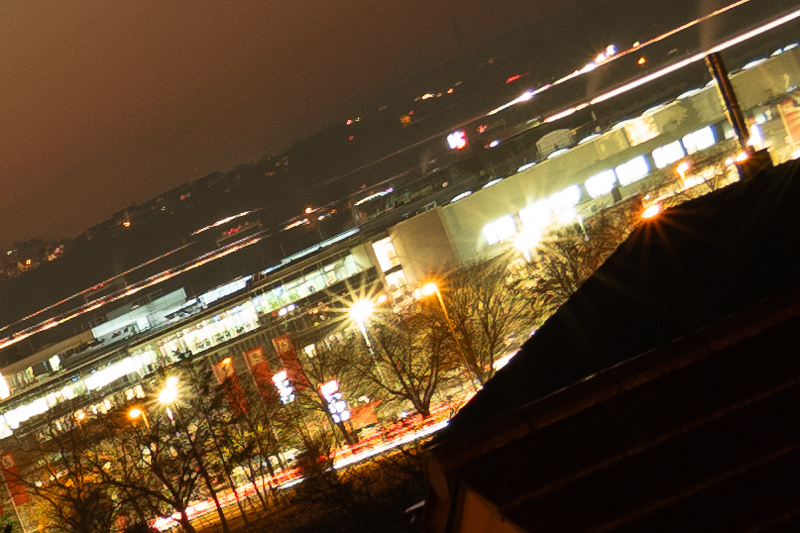
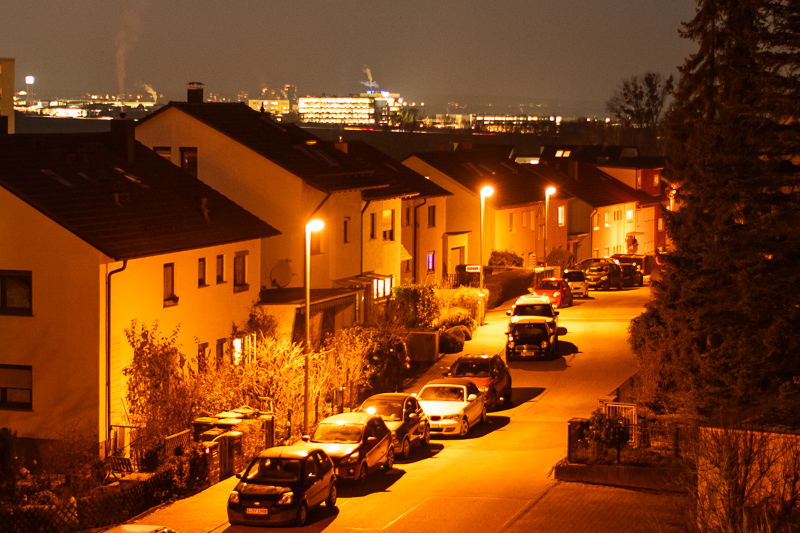
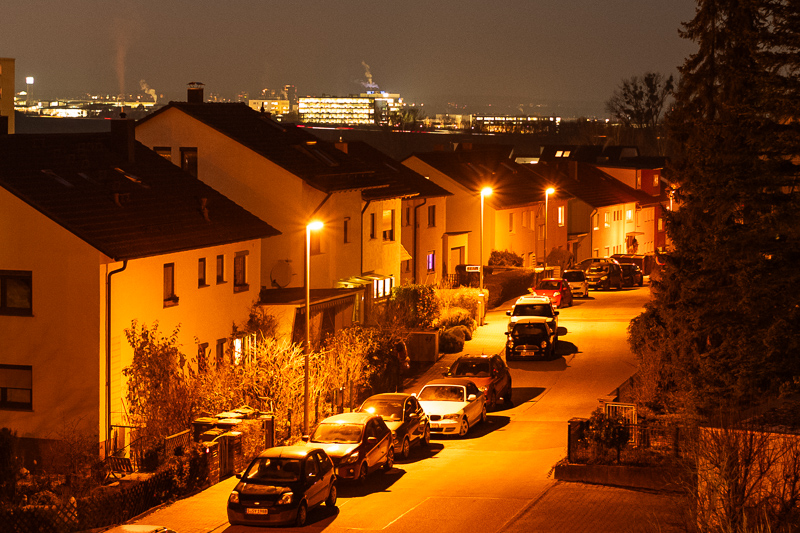

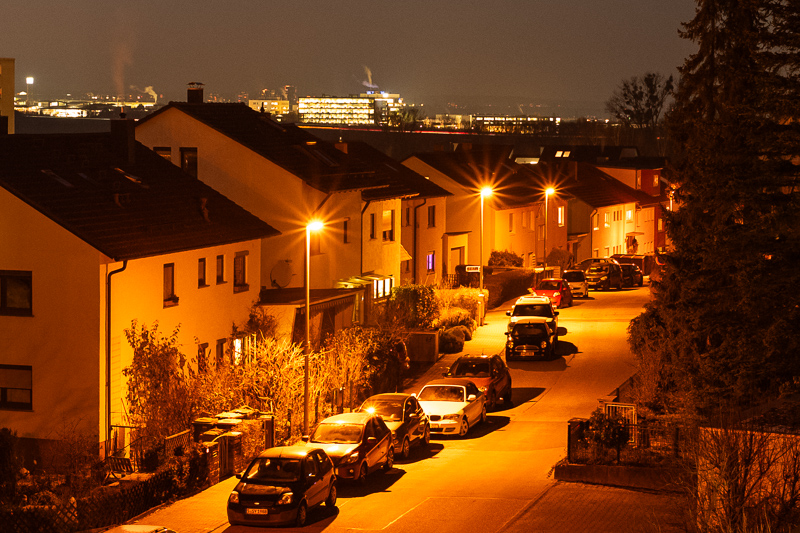

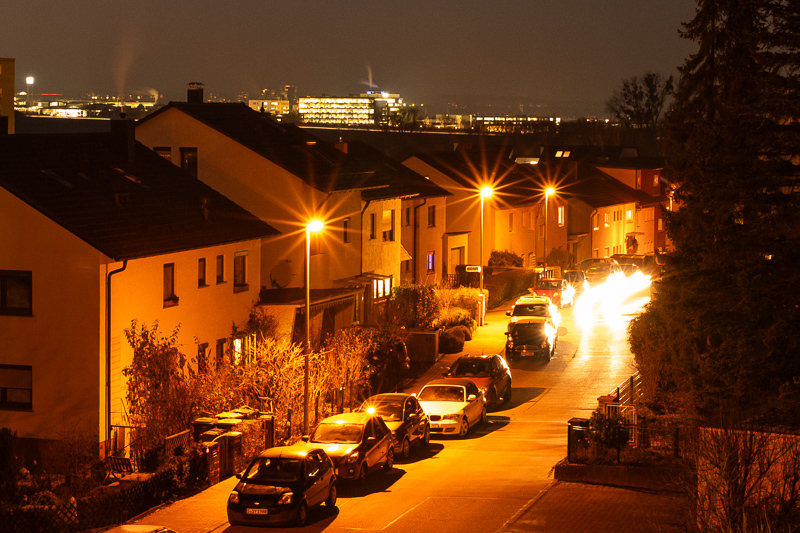
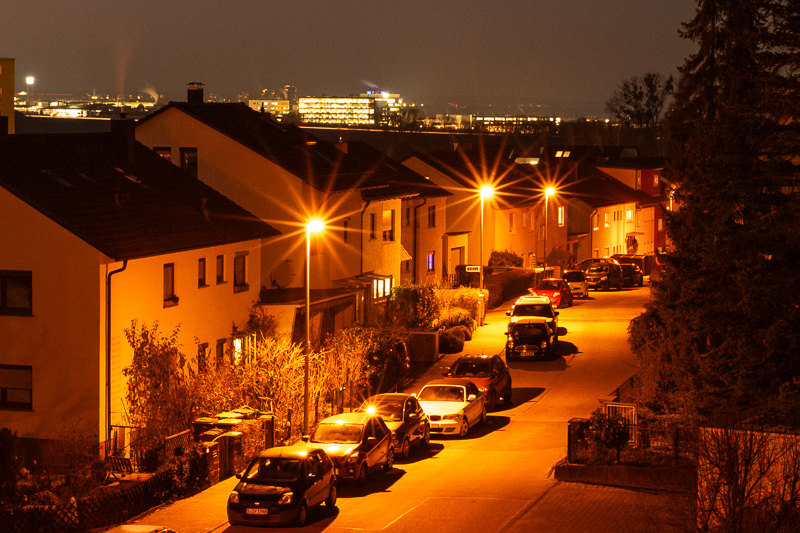
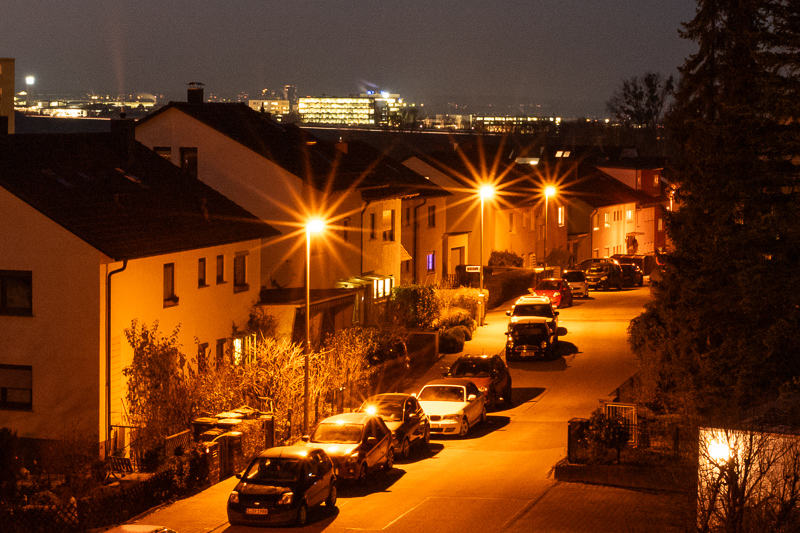
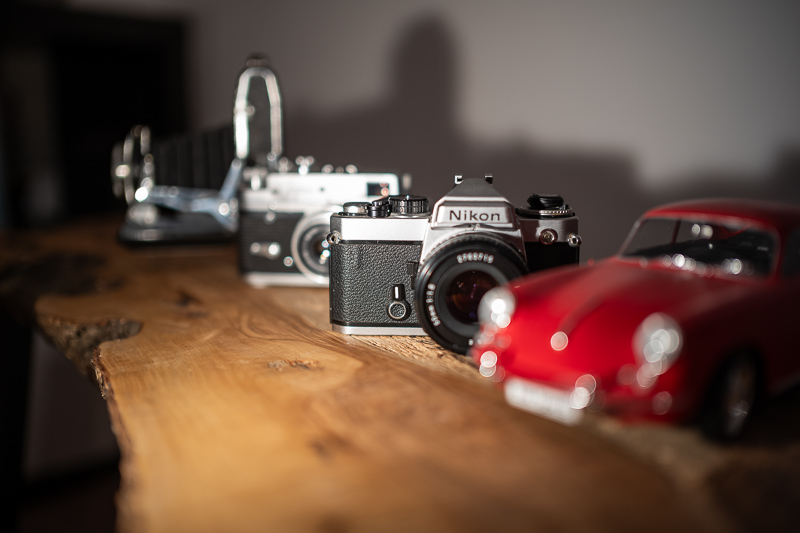
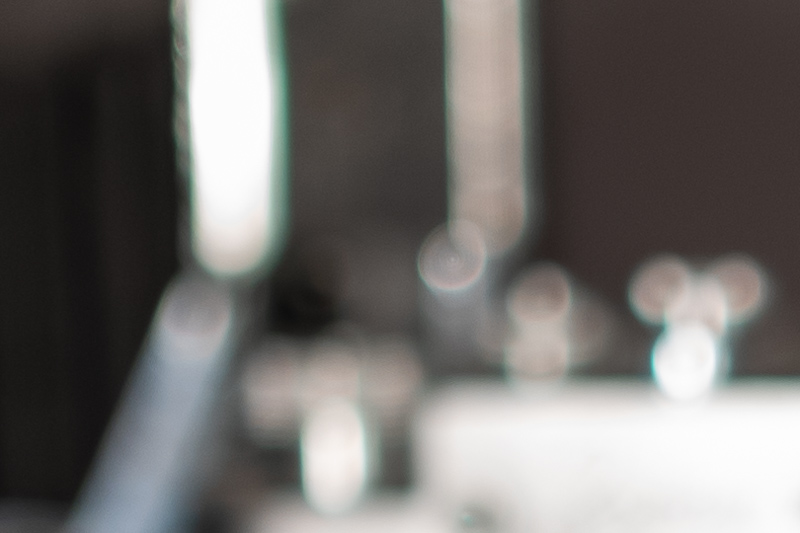

Thank you for the informative review, as always! Your wealth of information and images are much appreciated.
Thank your, Bastian!
After this review I think I really going well with my 1.7 Ultron on the M Mount. Can’t imagine any other lens out there I would be happier with.
Apparently Thypoch announced that they will be making lenses for Z Mount! This is good news for me because I think it means they will probably make lenses for Sony too 🤤 really hope this means we will get a 28/1.4 optimized for Sony